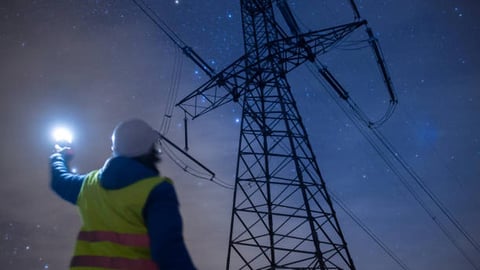The Ultimate Guide to Busbar Connectors: Everything You Need to Know
Welcome to our comprehensive guide to busbar connectors. Whether you are a seasoned electrician or a DIY enthusiast, understanding busbar connectors is essential for safe and efficient electrical installations. In this guide, we will explore everything you need to know about busbar connectors, including their definition, types, installation process, and maintenance tips. So, let's dive right in!
What are Busbar Connectors?
Busbar connectors, also known as busbar systems or busbars, are metallic strips or bars that conduct electric current within a power distribution system. They are used to connect various electrical components, such as circuit breakers, switches, and transformers, providing a reliable and efficient method of power distribution. Busbar connectors are typically made of copper or aluminum due to their excellent conductivity and low resistance.
Types of Busbar Connectors
There are several types of busbar connectors available in the market, each designed for specific applications and environments. Some common types of busbar connectors include:
- Rigid Busbar Connectors: These connectors are made of rigid metal strips and are suitable for fixed installations. Rigid busbar connectors provide high mechanical strength and are commonly used in industrial settings.
- Flexible Busbar Connectors: As the name suggests, these connectors are flexible and bendable, allowing for easy installation in compact spaces and applications requiring frequent adjustments.
- Insulated Busbar Connectors: Insulated busbar connectors are coated or covered with insulating materials, such as PVC or fiberglass, to protect against electrical shock and short circuits. They are commonly used in residential and commercial buildings.
Installation Process
The installation process of busbar connectors may vary depending on the type and application. However, the general steps involved in installing busbar connectors are as follows:
- Prepare the electrical components and busbars for installation.
- Position the busbar connectors at the desired location, ensuring proper alignment and connection points.
- Secure the busbar connectors using appropriate fastening methods, such as screws or clamps.
- Verify the connections and ensure electrical continuity.
- Test the system for any potential faults or malfunctions.
- Perform regular inspections and maintenance to ensure the optimal performance of busbar connectors.
Maintenance Tips
Proper maintenance of busbar connectors is crucial for their long-term reliability and safety. Here are some essential maintenance tips:
- Regularly inspect the busbar connectors for signs of damage, such as corrosion, loose connections, or overheating.
- Clean the busbar connectors regularly using a soft, dry cloth to remove dust and debris.
- Ensure proper ventilation and cooling of busbar connectors, especially in high-temperature environments.
- Check for any signs of electrical arcing or sparking, indicating potential faults or loose connections.
- Perform routine electrical tests, such as insulation resistance testing, to identify any hidden issues.
- Follow the manufacturer's guidelines and recommended maintenance procedures for specific busbar connectors.
Conclusion
Busbar connectors play a crucial role in electrical installations, ensuring efficient power distribution and reliable connections. By understanding the different types of busbar connectors, their installation process, and maintenance tips, you can enhance the safety and performance of your electrical systems. Remember to prioritize safety and consult a professional electrician for complex installations or repairs. We hope this ultimate guide has provided valuable insights into busbar connectors and their applications.
We welcome any questions or feedback you may have, so don't hesitate to get in touchwith our knowledgeable team

